Pivô is pleased to present Que Coisa É? Uma conversa/ A Conversation, a curatorial project edited by Alexandra Garcia Waldman that is the materialization of a nine-month conversation among several people in several cities. Fernanda Brenner, Pivô’s director, started the ball rolling and provided for an experimental, flexible, nonlinear dialogue that started with one reference – Hannah Arendt – and involved two artists Mario Garcia Torres and Cildo Meireles. After many local and long distance conversations the exhibition started to take shape and the works appeared naturally.
Included in the exhibition are works by Cildo Meireles Liverbeatlespool and Meshes of Freedom and Mario Garcia Torres Que Coisa É?, O-bri-ga-do, and Like you, I dig, I dig in, I dig up, and I dig art too!, accompanied by the English and Portuguese editions of Hannah Arendt’s Between Past and Future. Experienced as a sort of concert set list, the exhibition relies largely on sound (a theme discussed in the mentioned conversations), as works appear and reappear in a period of about 50 minutes.
Que Coisa É? (n/d) by Mario Garcia Torres is the development of a conceptual statement about the act of exhibiting – produced in the form of lyrics – which was first turned into a song and then passed on to the language of videoclips.
Meshes of Freedom (1976-2008), a work that started as childhood doodles which generated a checkered mesh, only to lead the artist to discover that this expression became its own rationale when thinking about work. Another sound-based work by Meireles is Liverbeatlespool (2004), originally created for the Liverpool Biennial; the work takes the top 27 Beatles’ songs and layers them one track on another around the central note of each.
Like You, I Dig… (n/d) a work by Mario Garcia Torres made out of the artist’s conference notes, in which he claims that one acquires art stories by asking innumerable questions about them. The sound of O-bri-ga-do (n/d), by the Mexican artist relies on the presentation of that simple but important word inserted in a human beatbox performance, turning it into a somewhat contemporary version of concrete poetry.

 Português
Português